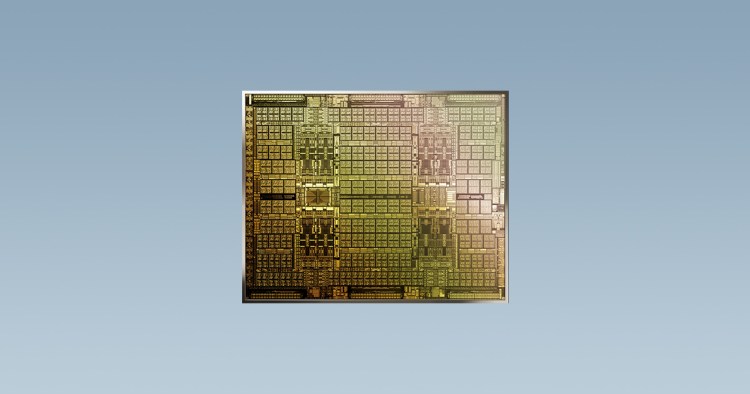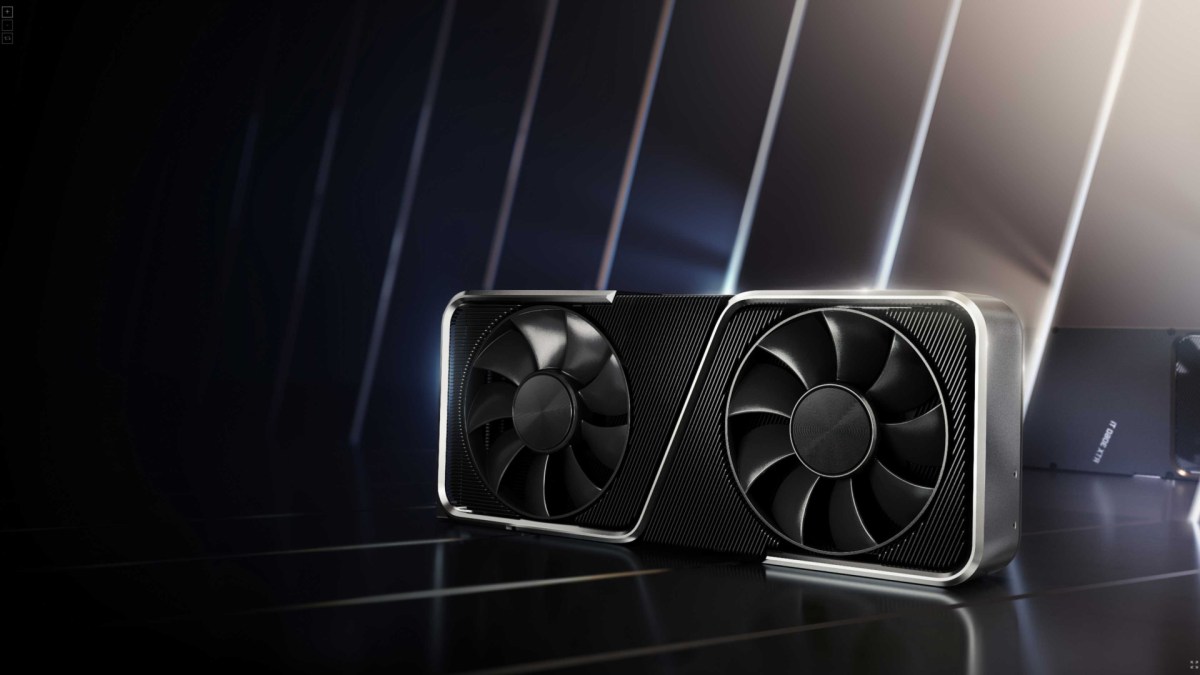[Update: February 25 at 7:30 PM ET]: In a surprise turn of events, there is evidence to suggest that the Nvidia mining cards will be produced on the Turing architecture. Turing is based on TSMC’s 12nm process node, which is entirely separate from Ampere’s Samsung 8nm process. This could effectively separate mining and gaming GPUs in their respective client and consumer markets. However, we’re still waiting for official confirmation from Nvidia.
Nvidia made an exciting announcement yesterday regarding its solution to the rising prices of cryptocurrencies. A new Nvidia mining GPU lineup will be made available to those who wish to pursue wealth in the realm of digital currencies. Meanwhile, GeForce GPUs will get a major nerf in mining performance. It’s like Nvidia is applying a balancing update to its own hardware. The severity of the GPU shortages has forced the company to rethink its product lineup, as gamers have become frustrated by limited stock.
According to Nvidia, the mining performance of newly manufactured RTX 3060s will be cut in half. The new limitation is apparently built into the cards on the vBIOS level, so it should prove incredibly difficult for miners to overcome this solution. Nvidia claims the mining nerf is “unhackable,” but only time will tell. There are certainly going to be some mining engineers out there that are willing to give it a try. And while Nvidia suggests this will fix the supply problem, things are never that simple.
We can immediately think of a few reasons why the RTX 30 Series shortages will continue, despite Nvidia’s upcoming mining GPU lineup.
Sili-gone
Aside from the fact that Nvidia’s mining GPU lineup could segment the already limited supply of GeForce products, there are other components and conditions that will limit availability. For starters though, we should discuss the matter of raw silicon wafer availability.
While Nvidia does work with Samsung these days to produce 8nm chips for Ampere GPUs, there’s still a massive amount of global demand for chips right now. TSMC demonstrates a clear case of working at maximum output capacity, but Samsung has plenty of customers itself. Nvidia won’t simply be able to just make more chips for miners unless it is able to add more capacity. Nvidia will either have to segment the existing chip supply or come up with new solutions.
We heard about a new contract with Samsung back in December. At the time, we thought it was for more RTX GPUs, but it is possible that order was for these mining chips. Otherwise, Nvidia would need to make the mining GPUs on a less advanced node to prevent them from cutting into the 8nm GeForce supply. Unfortunately, the released specifications for the new mining GPUs don’t mention the node, so we will have to wait to learn more.

A dedicated GPU for professional mining. (Credit: Nvidia).
It’s not just Nvidia
Both AMD and Nvidia employees have gone on record to address the supply limitations for graphics cards. We’ve heard about a few issues now, so it’s not just related to a lack of GPUs. GDDR6 memory shortages and a lack of precious metals needed in general electronics manufacturing are also to blame. That is a result of the pandemic slowing things down in other industries, so the lack of supply is actually systemic right now. Until the global economy recovers and supply chains get back to normal, peak manufacturing output will not be able to happen.
It’s not just miners
Aside from all of the other reasons listed above, people just want more computer products while they are stuck inside. We’ve all likely done more gaming in 2020 than other years. With the cold weather also keeping people indoors, there’s just not much else to do but game. And people want the best gaming performance.

(Credit: Nvidia).
Nvidia and AMD have not hesitated to state that the products are being produced at volumes similar to previous launches. Consumers (and businesses) are simply buying them at unprecedented levels, meaning all of the other factors at work are limiting them from meeting the increased demand.
What happens if mining crashes
While the Nvidia mining GPU lineup and GeForce mining nerfs are a big step in the right direction for the time being, they also present a potential waste issue later down the road. For a moment, let’s assume the Nvidia mining GPUs do detract from the wafer supply and memory supply available to GeForce graphics cards. That means these supply limitations will only continue longer into 2021, while also keeping GeForce prices at premiums where they can even be found. MSRP won’t happen anytime soon, anyways.
As for the mining cards, miners will be willing to pay more. If that means higher margins for Nvidia, it will make sense for it to continue manufacturing more GPUs for mining than gaming. We’re not suggesting Nvidia will automatically do this, but it does make solid business sense to pursue the greatest revenue source. Besides, we aren’t going anywhere while AMD also continues to struggle with capacity. Meaning, Nvidia can ride the crypto wave for the time being.

Bitcoin and Ethereum currencies. (Credit: Thought Catalog on Unsplash).
However, cryptocurrency is volatile by nature. The previous crypto market crash led to a flood of cheap, used GeForce GPUs for sale. This was an interesting development for gamers, but it was a little worrying to think about using hardware that was previously pushed to the limit 24/7. That will not be the case if crypto crashes again, thanks to these mining cards. That isn’t necessarily good though, because we can’t use them at all if crypto crashes. The Nvidia mining cards could potentially become junk in this scenario, as the next time mining picks up again, significantly better GPU options could exist that make the current products illogical to use from a business perspective. And that’s what makes this whole situation a slippery slope.
Something’s gotta give
It’s hard to conclude anything at this point, as it will entirely depend on how Nvidia, AMD, and possibly Intel handle the dilemma in the near future. While its hard to fault Nvidia as a business for going a particular direction, it’s still bad news for gamers. Hopefully the added competition against Nvidia mitigates some of the availability issues, but we may also simply need more factories to deal with the consistent growth of the semiconductor industry.







Published: Feb 19, 2021 05:15 pm